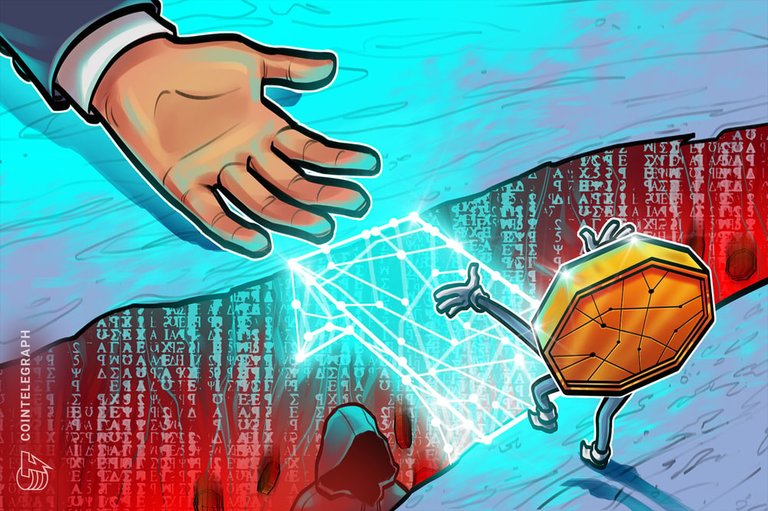
It is no news that blockchain is the new business playing field, but that does not necessarily mean that they would simply pass over trust to “decentralized blockchains” to maintain records and liquidity flowing to their contralized businesses.
Early this month, on August 13th precisely, I saw a report on Watcher.guru speculating on Blackrock launching a layer 2 network compatible with Ethereum.
As the largest asset manager in the world, I wouldn't say the chances of that happening isn't enormous, but I sidelined the report has it was nothing but speculation.
BlackRock is reportedly interested in launching a native L2 network compatible with Ethereum. The asset management firm has already delved into multiple top cryptocurrencies over the past year, primarily Bitcoin and Ethereum. Now, the firm aims to expand tokenization, setting expectations for launching a native L2 network.
BlackRock has used Ethereum’s chain and has not discussed other potential L1 solutions. However, the company could produce a private L2 chain at any moment, but it would not be natively connected to other assets.
BlackRock also has ownership in Circle and access to USDC tokens, one of the most widely used stablecoins. Analysts from TokenTerminal believe the asset manager will be ready to launch its chain, possibly a tokenless protocol similar to Base.
However, the biggest problem for BlackRock would be the regulations on using a blockchain. The creation of a L2 chain, compatible with Ethereum, would still require the firm to pay gas fees. Moving between Ethereum and L2 also requires bridges, which are one of the riskiest spots for exploits.
Does this report hold any weight? In many ways, I believe it does. First off, unlike Bitcoin, Ethereum layer 2 ecosystem is highly centralized. For the largest asset manager in the world to build or integrate with a heavily centralized ecosystem as that, it would be an investment of high risk. As such, rather than give away all that power and operate on high risk, launching a chain it would control is a better bet and frankly speaking, launching a layer two network these days appears easier than launching a token on Solana, yes, it's quite insane.
And when it comes to regulation? That won't be a problem when the system is centralized by default.
But we are not here to talk about Blackrock, afterall, it's just speculations on that end. We are here to talk about a more firm development concerning layer 2 networks and that has to do with the Japanese electronics giant, Sony.
Sony, Electronics Pioneer Behind Walkman, Starts Own Blockchain 'Soneium’
The new project, "Soneium" will be a layer-2 network atop the Ethereum blockchain, using technology from Optimism's OP Stack.
Sony Block Solutions Labs, a joint project between Sony Group and Singapore-based Startale Labs, said Friday it's coming out with a new layer-2 network atop the Ethereum blockchain called Soneium.
The news signals that there may be a renewed interest from mainstream companies in building products for consumers with blockchain technology.
Soneium, expected to go live on a test network in the next few days, will make use of optimistic rollup technology, which allows users to transact on networks on top of Ethereum for cheaper. It will be built using the Optimism blockchain ecosystem’s OP Stack, a customizable toolkit that lets developers create their own networks using Optimism’s technology, with connections to other networks in the ecosystem via the “Superchain.”
This Coindesk report takes me back to when Samsung launched its blockchain called Knox which currently runs on the Samsung device I'm using to type this.
Traditional businesses are actively studying and exploring opportunities in the cryptocurrency and blockchain ecosystem but best believe that all movements will be carefully designed to keep these businesses in maximum control of both their consumer network and the value generated therein.
A wave of consumer apps leverage building technology is definitely in the books, but that comes with strings of centralization. We could see more centralized stablecoins, centralized blockchains and the list goes on.
Generally, the exposure this brings is a good thing. Though the liquidity might be largely centralized, if we play our cards right, we could draw massive consumer attention to solutions that respect the values of crypto and blockchain technology.